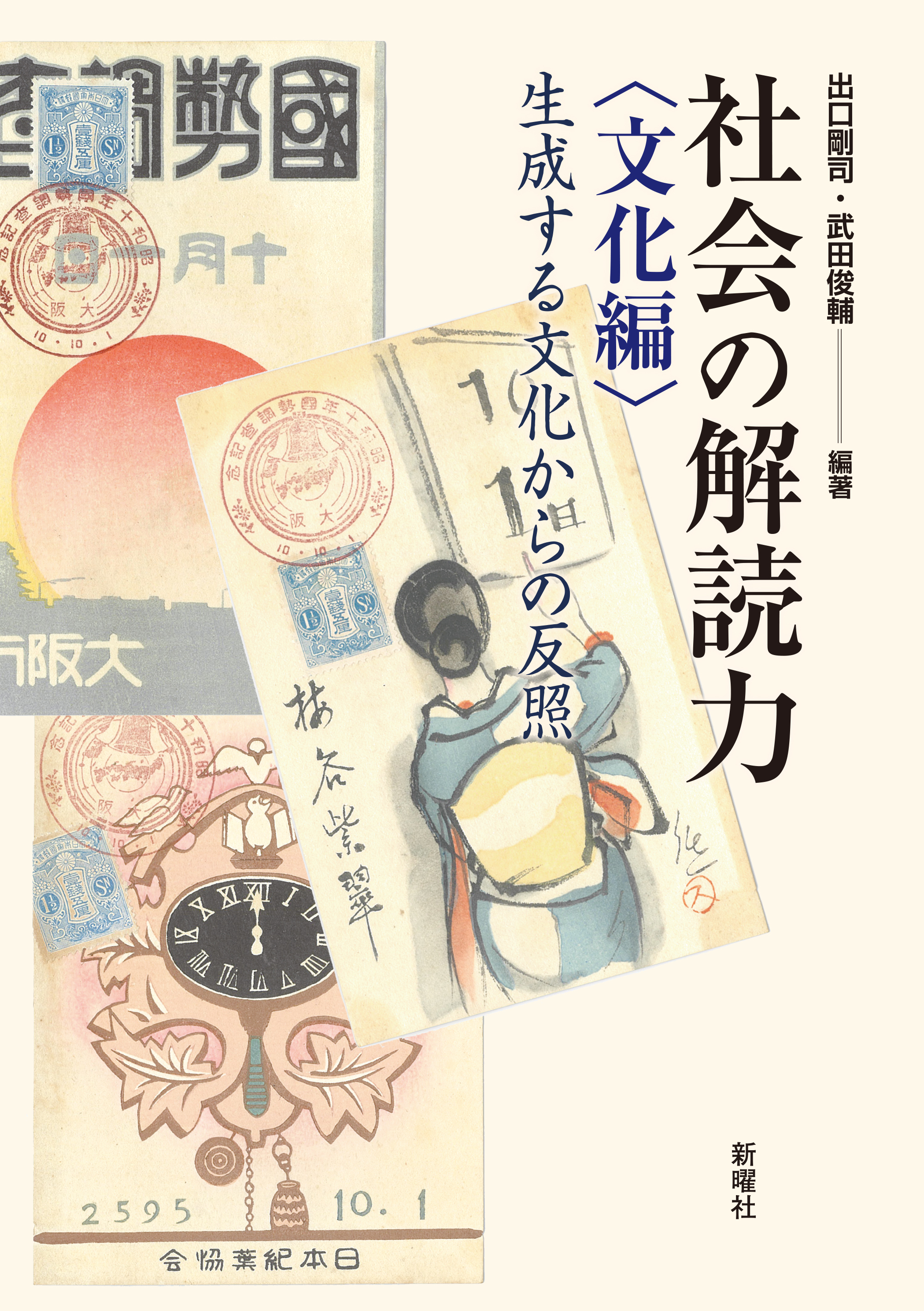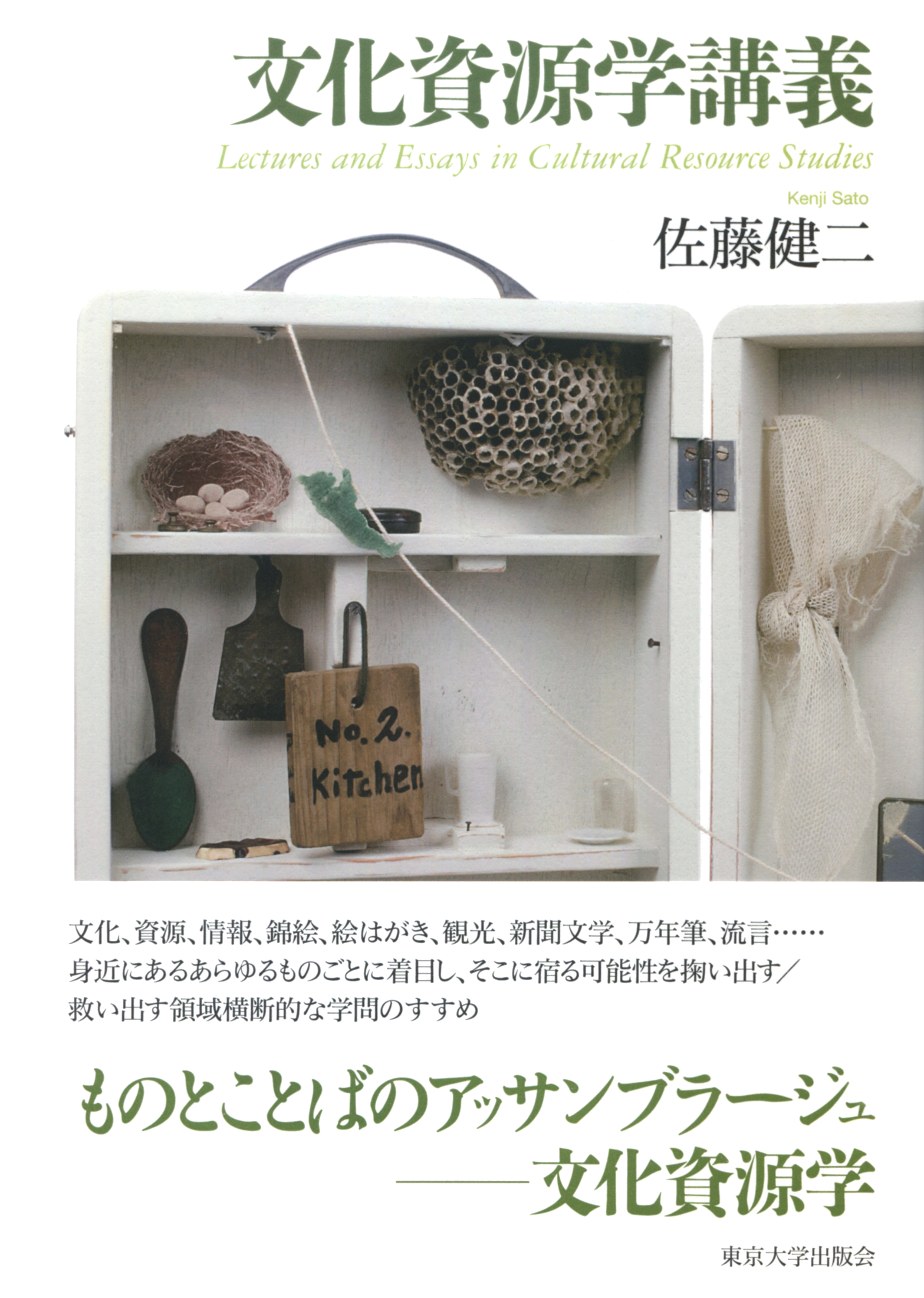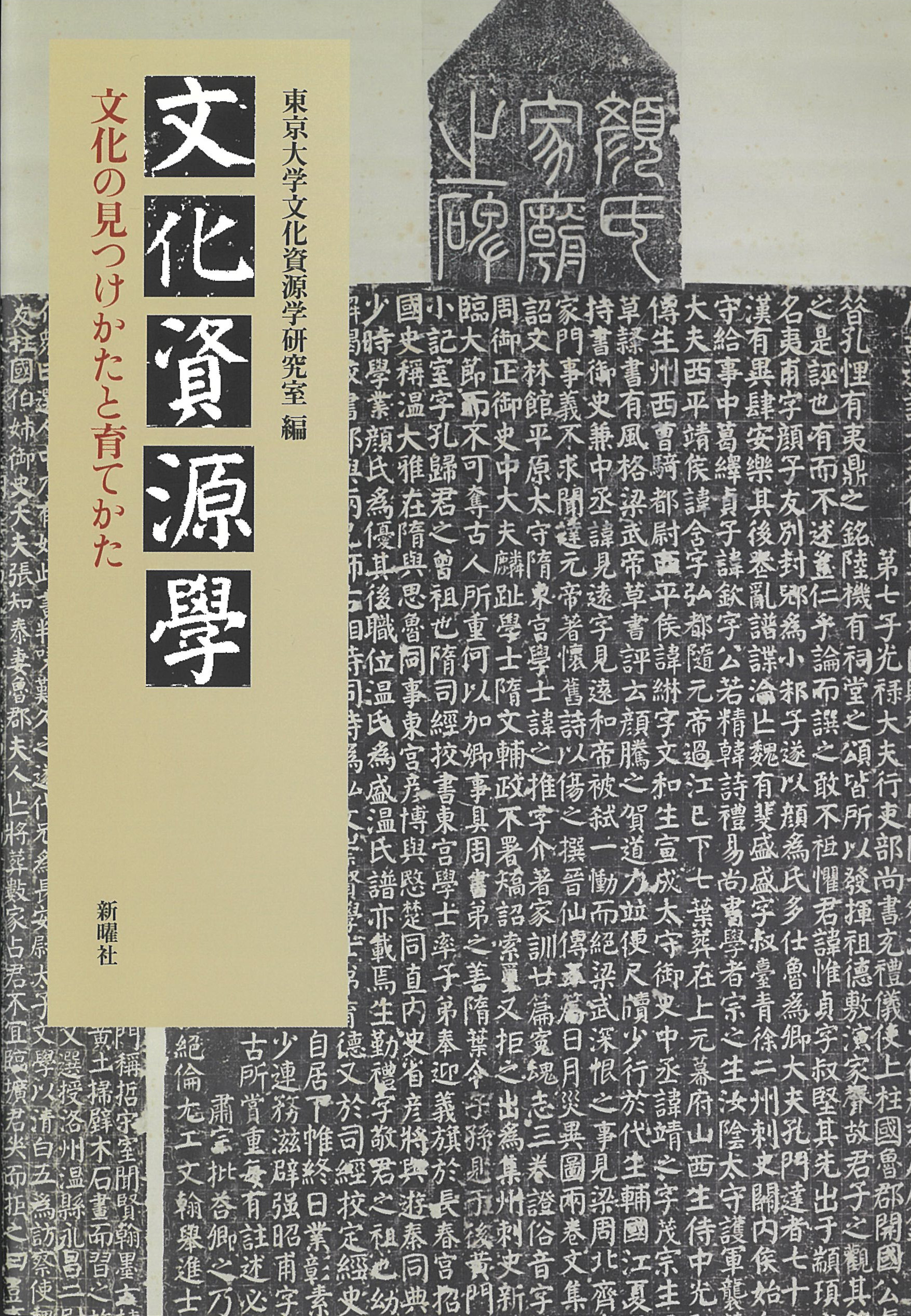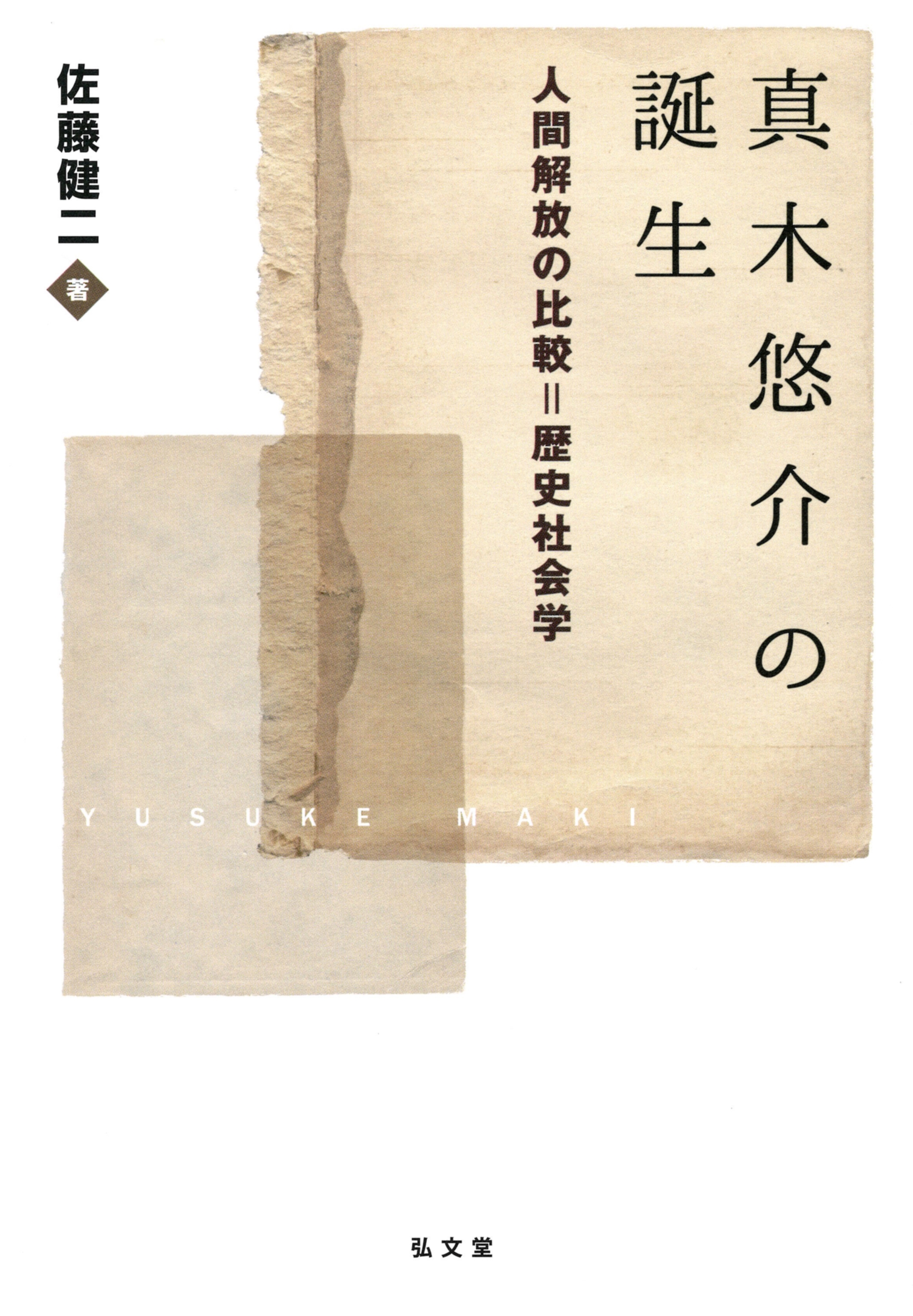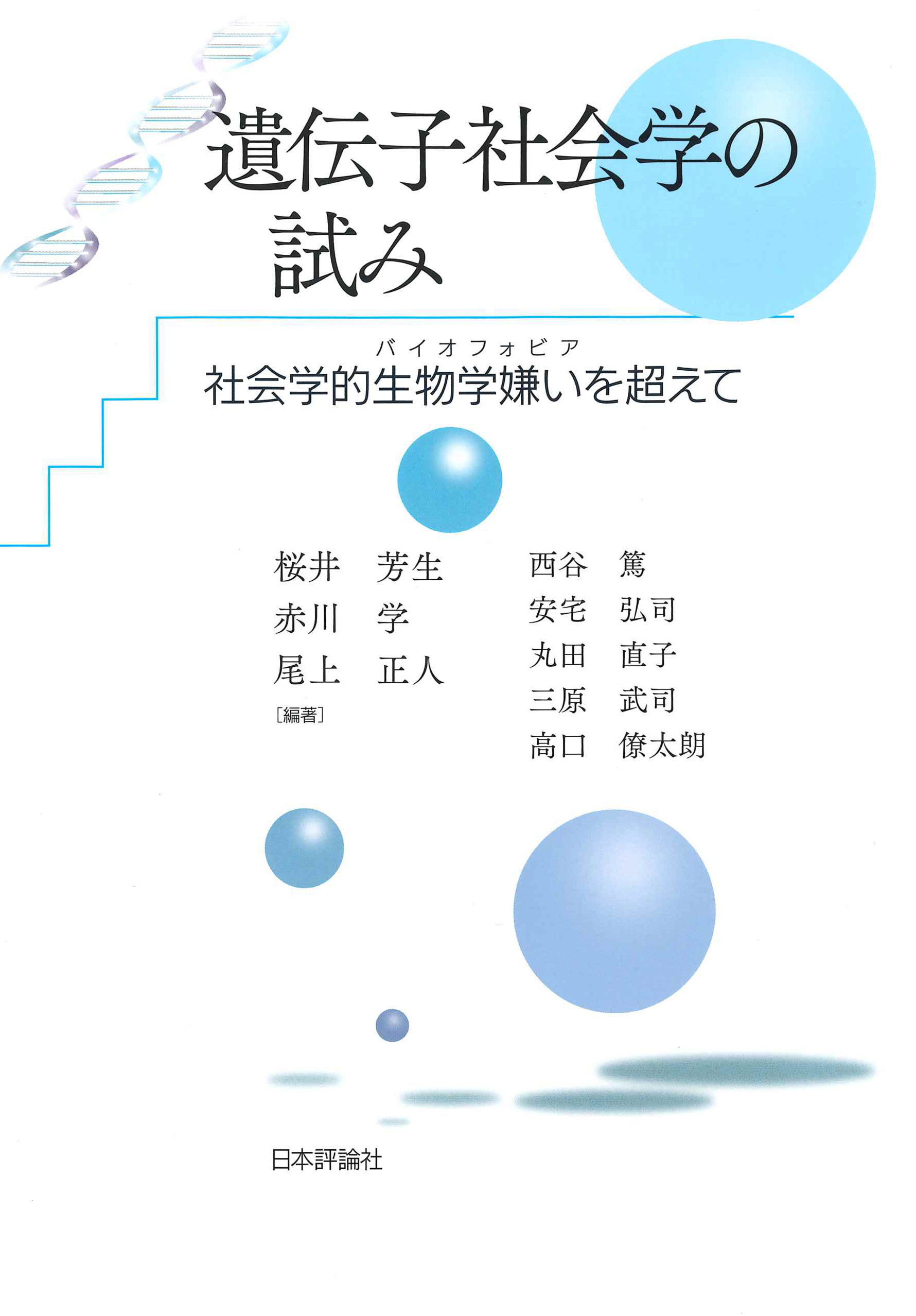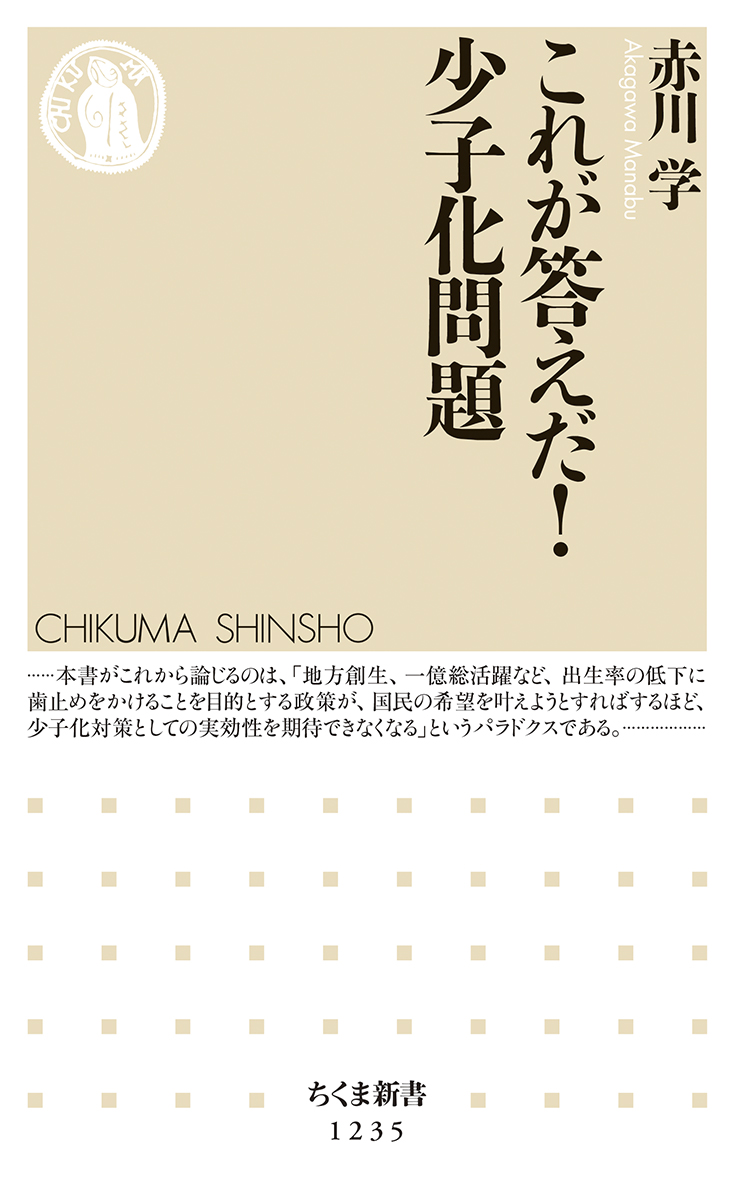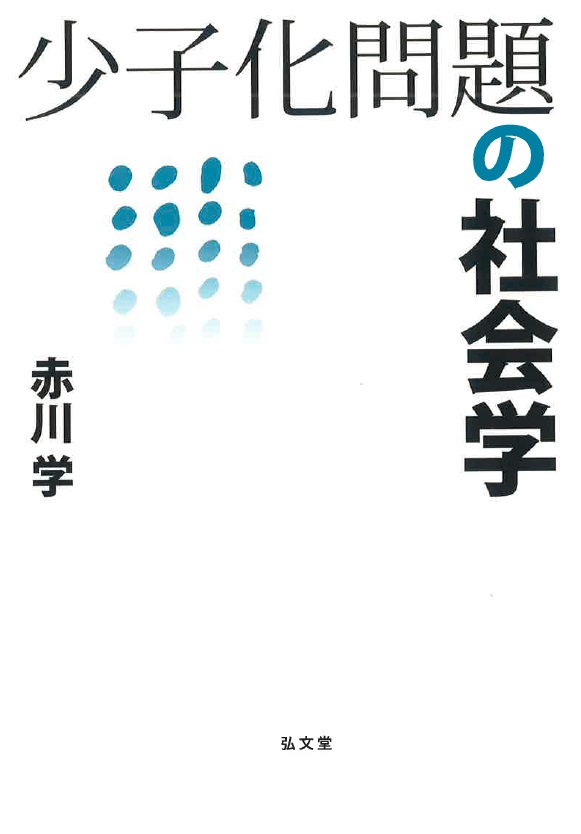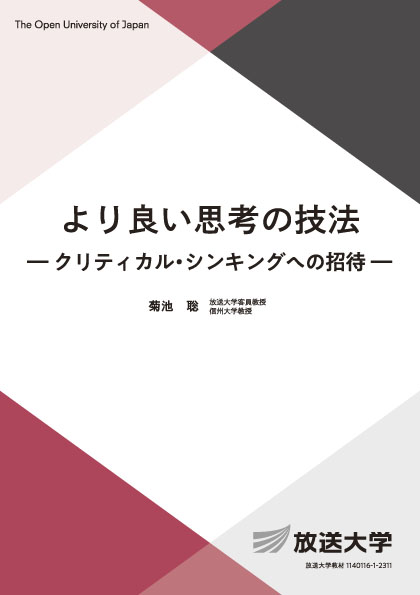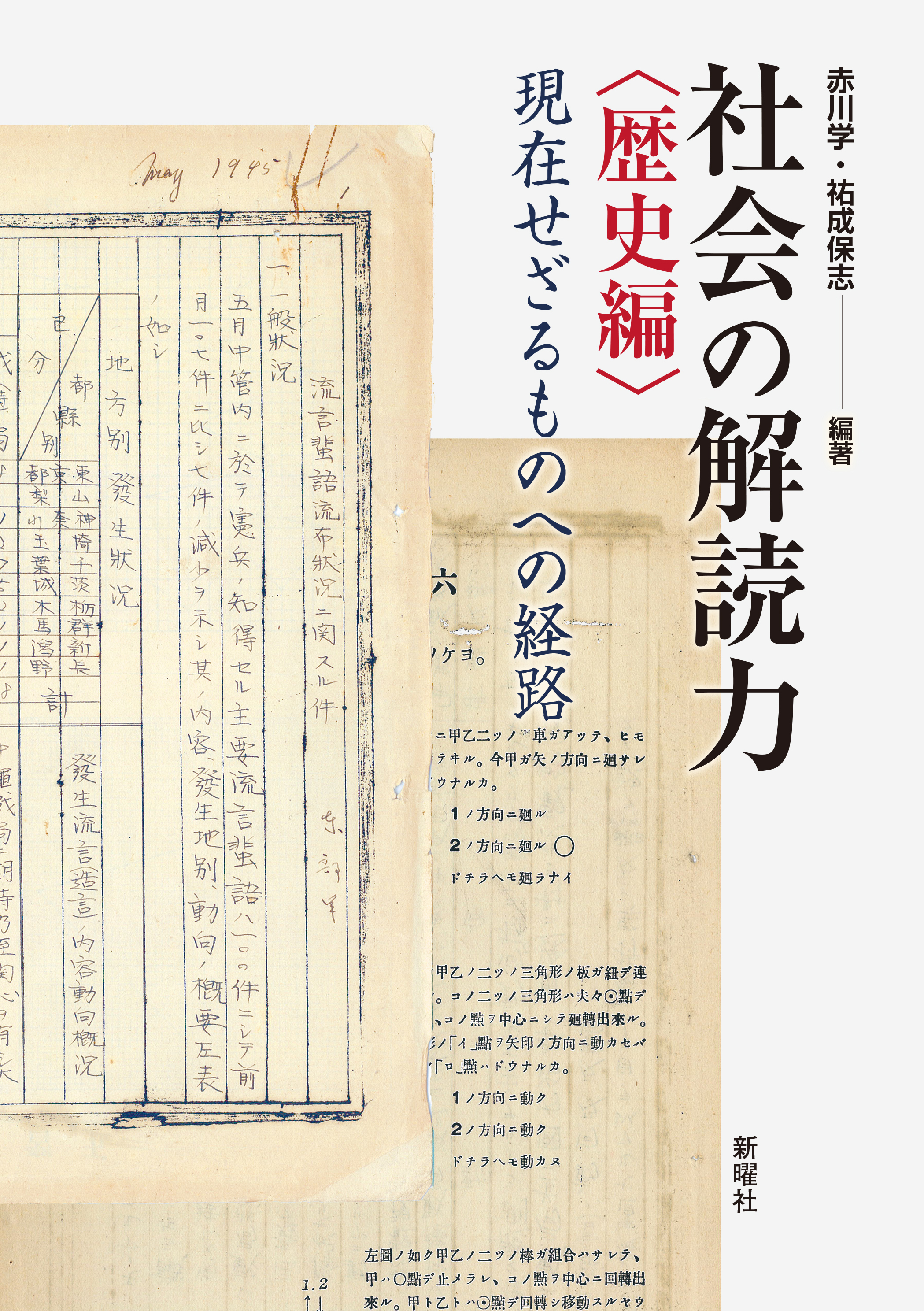
Title
Syakai no Kaidoku-ryoku (Rekishi hen) (Society's Reading Capability [History] - Route to what we don't do today)
Size
248 pages, A5 format
Language
Japanese
Released
March 19, 2022
ISBN
9784788517578
Published by
Shinyosha
Book Info
See Book Availability at Library
Japanese Page
This book is a collection of papers that describe the current place of, and that is written by, nine sociologists who studied historical sociology under Kenji Sato, who worked for many years at the University of Tokyo’s Department of Sociology and also served as the Dean of the Graduate School of Humanities and Sociology/Faculty of Letters. In this book, the author wrote Chapter 10, “The overwhelming manners of historical sociology: About ‘Groundless rumors.’”
A major feature of Sato’s sociology is his respect for the intellectual struggles of its predecessors, which has made it possible to relive the background and intellectual context his predecessors encountered with appropriate materials and reality based on his own experience. The remarkable appearance of these features was the 1985 work by Kenji Sato, “Groundless rumors” Chapter 2 “Reading the Forms of Materials,” and according to a review by Sato himself, it is regarded as “his first work as a researcher.”
Chapter 2 of “Groundless rumors” reveals the content and history of the so-called Ikeuchi Groundless Rumors Materials, which were collected personally by the social psychologist Hajime Ikeuchi, a former professor at the University of Tokyo Institute of Journalism and Communication Studies. Ikeuchi stated the following: “For some reason, I was able to obtain a considerable amount of material on the rumors of our country during the World Wars. (Omitted) Due to its nature, it is believed that this kind of material was to be burned at the end of World War II. Even if it is preserved, there will be great resistance to its publication.” Sato borrowed this mysterious material from Ikeuchi’s bereaved family and began to analyze it.
The first of his methods was to deduce and confirm the inherent features of the material discovered in the process of compiling data, and to focus on the “backing paper” of the special paper that accounts for the majority of the materials. When these “backing sheets” were stitched together, it was discovered that the Naval Research Laboratory had used them as test forms for intelligence and competency tests for recruiting apprentices. I evaluated his analytical method using “backing paper” as comparable to the research on the paper itself used in documents in historical science, constituting unheard-of research in “historical sociology” that has adhered to the form of materials and drawn out many implications.
Second, Sato actively conducted hearings with people who knew about the history of the materials and confirmed that Ikeuchi worked as a reserve officer in the Department of Applied Psychology at the Naval Research Laboratory at the end of the 15th year of the war, where he obtained the materials. Sato then clarified why the backing paper of Ikeuchi’s “Rumor” documents was the paper used for the aptitude test for hiring.
Third, Sato’s research has been done that “restores” the historical situation and social relations immediately before the end of the war, in which Ikeuchi and other social psychologists and scientists were involved. It became evident that at the end of the war, Ikeuchi became a researcher at the Naval Research Laboratory and interacted with famous people such as Otoya Miyagi, Yoshio Nakano, Kunio Odaka, Ikutaro Shimizu, Shigeto Tsuru, Shiho Sakanishi, and Musashi Kaneko who supported the humanities and social sciences after the war.
In this paper, Sato himself stated the following:
The informal or non-institutional transfer of data in the form of “transcripts” together with other documents might well have been thrown into the fire by the Navy at the time of its defeat. The reason why this material remains unburned is because of the intentions of the former archivists who were deeply involved in the transcription work as researchers. On the other hand, they were not direct authors or people in charge, and in addition, it must be added that they were unofficially moved to a nearby department, which was a blessing. “Remnants” should never be attributed only to chance or blessings, but also to the junction of structural effects. (Sato “Groundless Rumours,” page 75).
This is a sociological perception of the fact that certain materials survived by chance reflects the structure of social relations in one era. The historical sociology of Kenji Sato is based on the sense that the exploration of materials per se overcomes the dichotomy of “qualitative/quantitative” in sociology that is widely accepted so far, and it seems to me that it is a quote that should be preserved for future generations.
Furthermore, the exploration in Chapter 2 of “Groundless Rumours“ is as interesting as a detective novel or mystery. It is not clear whether just anyone who aspires to historical sociology can carry out the “investigation” and “reasoning” that Sato did. However, this paper concludes that successive historical sociologists have had no choice but to engage in the work of incorporating the “methodological consciousness” in Sato sociology into their own research. In this way, this paper attempts to touch on some of the characteristics of Sato’s sociology by looking back at the moment when his historical sociology was born.
(Written by AKAGAWA Manabu, Professor, Graduate School of Humanities and Sociology / 2023)



 Find a book
Find a book


